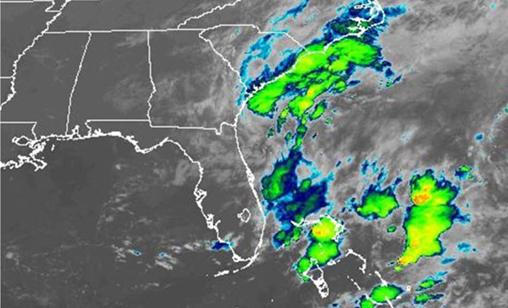Bird populations are in rapid decline across North America. While climate change is just one of the many factors influencing North American birds, its effects are significant and can interact with other stressors, such as habitat loss. A team of University of California, Davis, researchers found that the effects of extreme temperatures on avian reproduction can vary depending on the type of environment that birds call home.

Researchers found that extreme high temperatures significantly diminish bird reproductive success in agricultural landscapes. Birds nesting near farmland were half as likely to have at least one fledgling successfully leave the nest when temperatures spiked. However, forests seemed to provide a protective buffer against high temperatures, offering shaded areas that helped increase nesting success.
“The effects of heat are more intense for birds nesting in agriculture than birds nesting in forest, which means that canopy cover probably constitutes an important climate refuge for birds that can thrive in various habitats,” said Katherine Lauck, co-lead author of the paper and a Ph.D. candidate in ecology at UC Davis. When they looked at how heat waves affected nesting success in urban areas, the researchers found less of a negative impact than in agriculture, probably because nests were often in city parks and residential areas that can have high tree cover.
Heightened risks
The researchers also studied which types of species were most vulnerable to heat waves in agriculture. Negative impacts were broadly felt across all bird species studied, with western bluebirds and tree swallows, two species common on farms, both experiencing significant declines in nesting success when temperatures spiked in agricultural areas.
“We see these strong effects in common and habitat generalist birds, which we often think of as more resilient to land use change and climate change,” Lauck explained.
Threatened birds and birds that build open-cup nests, which lack any covering, were even more vulnerable to heat waves in farming areas compared to common species and those that build their nests in tree holes and nest boxes.
Future predictions and solutions
The study also painted a picture of what the future may look like. By the year 2100, their models predicted that nesting success in agricultural areas would decline by an additional 5% on average under current greenhouse gas emission trajectories. The study suggests that curtailing emissions and promoting thermal refuges, either by planting or maintaining patches of natural vegetation, are likely crucial to conserving birds. Keeping shade may also be needed to maintain bird populations living in urban and agricultural areas. “Farmers often build nest boxes to attract birds to their farms and help control insect pests. Maybe it makes sense to put those boxes in shaded locations,” Karp said. “They might also consider planting hedgerows and conserving patches of native vegetation to provide shade and help birds beat the heat. Thinking about some of those interventions might matter a lot for birds looking forward.”
Source:
UCDAVIS
Provided by the IKCEST Disaster Risk Reduction Knowledge Service System
Comment list ( 0 )
